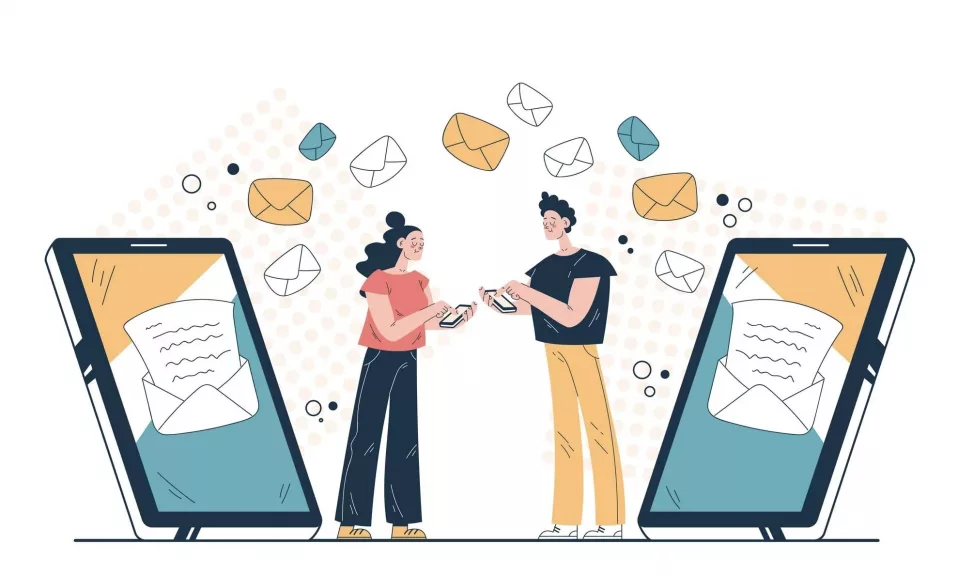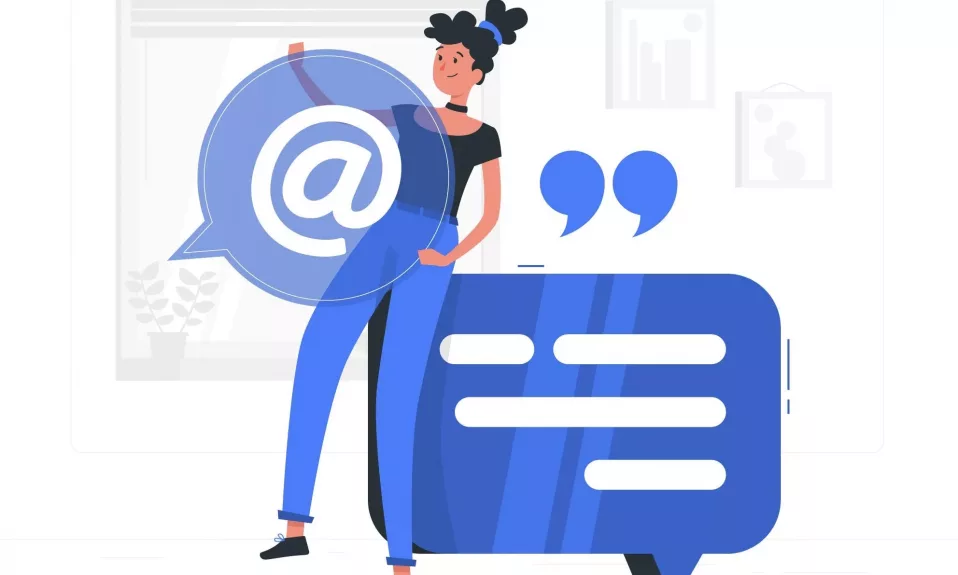Think about all the emails in your inbox right now. It’s understandable that people receive a ton of them daily, and as a result, some are never opened or read. If you notice a decrease in email engagement rates, it could affect both your brand’s reach and its ability to close sales. That’s where re-engagement campaigns come into play. In this post, we’ll discuss why running a re-engagement campaign is crucial and how to do it effectively in five simple steps.
Why Run a Re-Engagement Campaign?
A successful email marketing strategy requires understanding who is on the receiving end and tailoring content according to their needs. However, over time, even when recipients have once been active subscribers, their interactions with your brand can wane. Running a re-engagement campaign helps remind those inactive subscribers of the value you offer, helping to rebuild the relationship you once had.
Besides reconnecting with subscribers, re-engagement campaigns also help prevent your promotional emails from landing in “spam” folders. ISPs mark email addresses with low engagement rates as poor-quality senders, which can lead to messages being flagged as spam more often.
The 5-Step Process for an Effective Re-Engagement Campaign
To win back your inactive subscribers and boost your overall email marketing performance, follow these steps:
Step 1: Identify Inactive Subscribers
An inactive subscriber hasn’t clicked, opened, or acted upon any of your emails within the last few months. These are the individuals you want to target with your re-engagement campaign.
Step 2: Segment Subscribers Based on Activity
- Differentiate your subscribers according to recent activity levels.
- Use criteria such as opened or clicked campaigns within the past seven, 30, or 90 days.
- Create tailored content that addresses the specific interests and behaviors of each segment.
Step 3: Analyze Your Campaign Results
Examine analytics from your re-engagement campaign to measure effectiveness. If a significant percentage of inactive subscribers re-engage with your brand or make a purchase following the campaign, it’s deemed successful.
Step 4: Say Goodbye to Unengaged Subscribers
When most inactive subscribers remain unresponsive after your re-engagement efforts, it’s time to remove them from your list. They are likely harming your email marketing performance by increasing spam marking chances.
Step 5: Evaluate and Improve Content
Use insights from running a re-engagement campaign to improve your future email content. Learn from what worked (and what didn’t) to enhance effectiveness and better captivate your audience going forward.
Re-Engagement Tips for Success
To help boost the success of your re-engagement campaign, consider these tips:
- Be transparent: Make sure your subscribers know why you’re reaching out and that you value their engagement. Be genuine in your approach and remind them of what they signed up for initially.
- Offer incentives: Provide an exclusive deal, discount, or gift to encourage subscribers to come back into the fold. This motivates them to feel excited about reconnecting with your brand.
- Focus on personalization: Customized content has been found to boost open and click-through rates. Address subscribers by their names, use personalized subject lines, and ensure that the body of your re-engagement emails speaks specifically to them.
- Diversify formats: Experiment with interactive elements such as quizzes, polls, or videos to keep your subscribers interested and engaged.
- Timing matters: Schedule emails thoughtfully, considering time zones and business hours. Sending a re-engagement email at an inopportune time may backfire and push subscribers further away from your brand.
In conclusion, running a well-planned re-engagement campaign allows you to reconnect with inactive subscribers while improving your email marketing performance. By identifying and segmenting inactive subscribers, analyzing results, removing unengaged individuals, and improving future content based on insights gained, you can successfully bring dormant customers back to life and maintain a healthy relationship with active subscribers.









